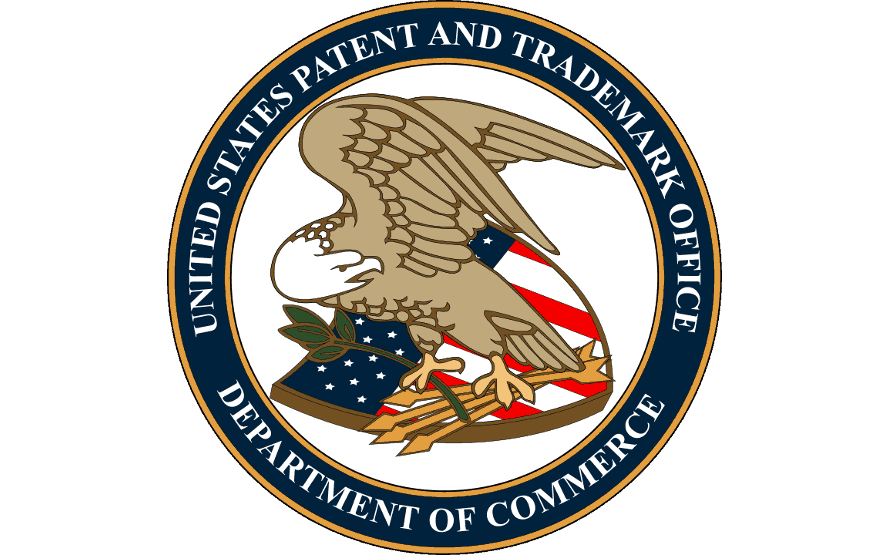New guidance to Examiners from the USPTO provides additional clarity around the use of 35 U.S.C. § 101 to reject patent applications as directed to an “abstract idea.”
Since the 2014 Supreme Court decision in Alice Corp. v. CLS Bank International, many patent applicants have faced a novel ground of rejection from Examiners asserting that their patent application is directed to an abstract idea and is therefore not patentable subject matter. The formulation of such rejections by Examiners has varied widely, and also has changed over time in light of decisions from the U.S. Court of Appeals for the Federal Circuit.
In early formulations, these “abstract idea” rejections asserted the conclusion that patent claims were directed to an abstract idea, and that the claims did not recite “significantly more” than the abstract idea. One criticism of these rejections was that they were not based on any evidence or finding of facts by the Examiner. In an attempt to address this criticism, later formulations of “abstract idea” rejections included an analysis-by-analogy to claims that were found patent-ineligible in cases decided by the Federal Circuit.
A memo dated April 19, 2018 from Robert Bahr, Deputy Commissioner for Patent Examination Policy to Examiners provides additional guidance. This new guidance is responsive to the recent Federal Circuit decision in Berkheimer v. HP Inc., 881 F.3rd 1360 (Fed. Cir. 2018).
In Berkheimer, the Federal Circuit clarified that “whether a claim element or combination of elements as well-understood, routine and conventional to a skilled artisan in the relevant field is a question of fact.” Further, the Federal Circuit clearly states that “[w]hether something was well-understood, routine, and conventional to a skilled artisan at the time of the patent is a factual determination. Whether a particular technology is well-understood, routine, and conventional goes beyond what was simply known in the prior art. The mere fact that something is disclosed in a piece of prior art, for example, does not mean it was well-understood, routine, and conventional.”
The April 19 memo to Examiners details that an “abstract idea” rejection must include a finding by the Examiner that the claims are directed to “well-understood, routine, and conventional” subject matter with one or more of the following evidence: (1) a citation to an express statement made by the patent applicant in the patent application or during prosecution; (2) citation to a court decision that notes the well-understood, routine, and conventional nature of the additional element(s); (3) a citation to a publication that demonstrates the well-understood, routine, and conventional nature of the additional element(s); (4) and a statement that the examiner is taking official notice of the well-understood, routine, and conventional nature of the additional element(s).
Berkheimer and the Examiner guidance that has followed may provide applicants with useful tools for arguing against unsupported assertions that claims are directed to an abstract idea.

